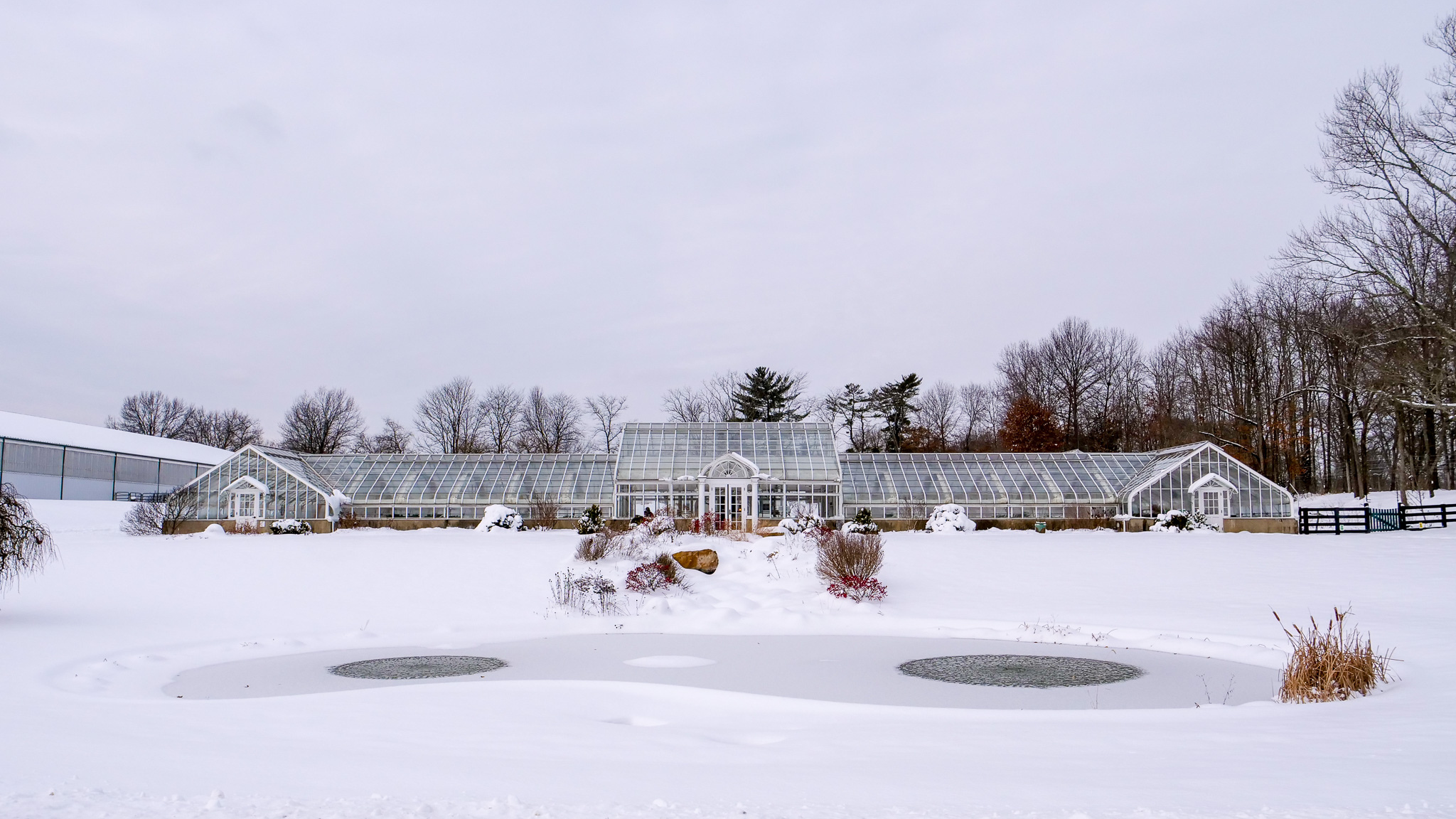ESTABLISHING TALLGRASS PRAIRIE WITH CATTLE
PRACTICES, PROGRESS AND PITFALLS
Overview
Establishing native tallgrass pastures can have numerous advantages for both the environment and livestock. Despite the benefits, cattle farmers have been hesitant to implement native warm season grasses (NWSG) into their production systems because of the perceived difficulties with establishment as well as the potential loss of pasture production during the establishment process. Greenacres and the University of Tennessee Center for Native Grasslands Management have partnered to address these concerns through researching the best practices in establishing NWSG while improving their output in the establishment year.

Why Native Warm Season Grasses
For farmers, NWSG offer improved pasture resiliency. Traditional cool season perennials struggle to grow during the “summer slump” because the chance of droughts and pasture utilization increases. By increasing the presence of drought resilient and heat tolerant native warm season grasses, farmers can look forward to more reliable and cost-effective forage throughout the year.
In addition to the benefits for agricultural production, establishing NWSG can have significant environmental benefits. These grasses provide critical habitat for wildlife, including ground-nesting birds like Northern Bobwhite quail. They improve water cycling, reduce soil erosion, and increase biodiversity, which can lead to more robust and sustainable ecosystems. By establishing NWSG, farmers can not only improve their bottom line but also contribute to the preservation and protection of important ecological systems.
Research Approach
In 2018, Greenacres partnered with The Center for Native Grasslands Management at the University of Tennessee. A two-year field study was conducted from 2019 to 2020 at Greenacres Lewis Township where we explored how nurse crops and grazing could help NWSG grow. Additionally, a year-long greenhouse study was carried out to test how soil pH and phosphorus levels affect the growth of big bluestem, an important NWSG species.

Collaborators

Greenacres Foundation Research Department
Founded in 2015, the Research Department at Greenacres Foundation explores connections between agricultural practices and outcomes on soil health, food quality, and the environment. The data collected through our research efforts helps inform consumers and producers about healthier, more sustainable farming practices and allows us to make better management decisions. Learn more at https://green-acres.org/research/
Center for Native Grassland Management at the University of Tennessee
The Center for Native Grasslands Management provides a scientific background to producers and land managers, enabling them to effectively establish and manage native grasslands. High priorities for research include forage production, restoration of native grassland communities, particularly oak savannas and woodlands, wildlife conservation, and soil health. Learn more at https://nativegrasses.tennessee.edu/
Researchers

Chad Bitler
Research Director, Greenacres Foundation
Chad leads the Greenacres Research Department with a goal to explore connections between regenerative agricultural practices, responsible ecological management, and their outcomes on soil health, food quality, and the environment – which are all inextricably linked. The data collected from Greenacres research is aimed at inspiring land managers to instill regenerative practices that can provide positive impacts on their land. Chad graduated from University of Cincinnati with a M.S. in Nutritional Sciences. He has collaborated on research with notable land grant universities and organizations to help increase the collective knowledge surrounding regenerative practices.

Jennifer Mansfield
Research Specialist, Greenacres Foundation
Jennifer is the Ecology Research Specialist at Greenacres. Her educational background includes a B.S. in Biology from the University of Dayton and an M.S. in Plant Biology from The Ohio State University. She spent a number of years in higher education and joined the Greenacres team in 2018. She focuses on woodland ecology, ecosystem restoration and the application of ecological principles to agricultural systems. One of her favorite places to be is in the woods during spring wildflower season.

Dr. Patrick Keyser
Director, Center for Native Grasslands
Professor, School of Natural Resources, University of Tennessee
Dr. Keyser serves Tennesseans – and those throughout the surrounding region – through the development of improved practices for native grasslands that provide economic and natural resources benefits. He leads research focused on management of native grass-based production systems including forages and biofuels, management of grasslands, and restoration of grassland communities, and provides educational information to producers, landowners, agency personnel, and industry, all with a focus on native grasslands and associated natural resources.
Research Updates
Contact Us
Department Director
Chad Bitler




